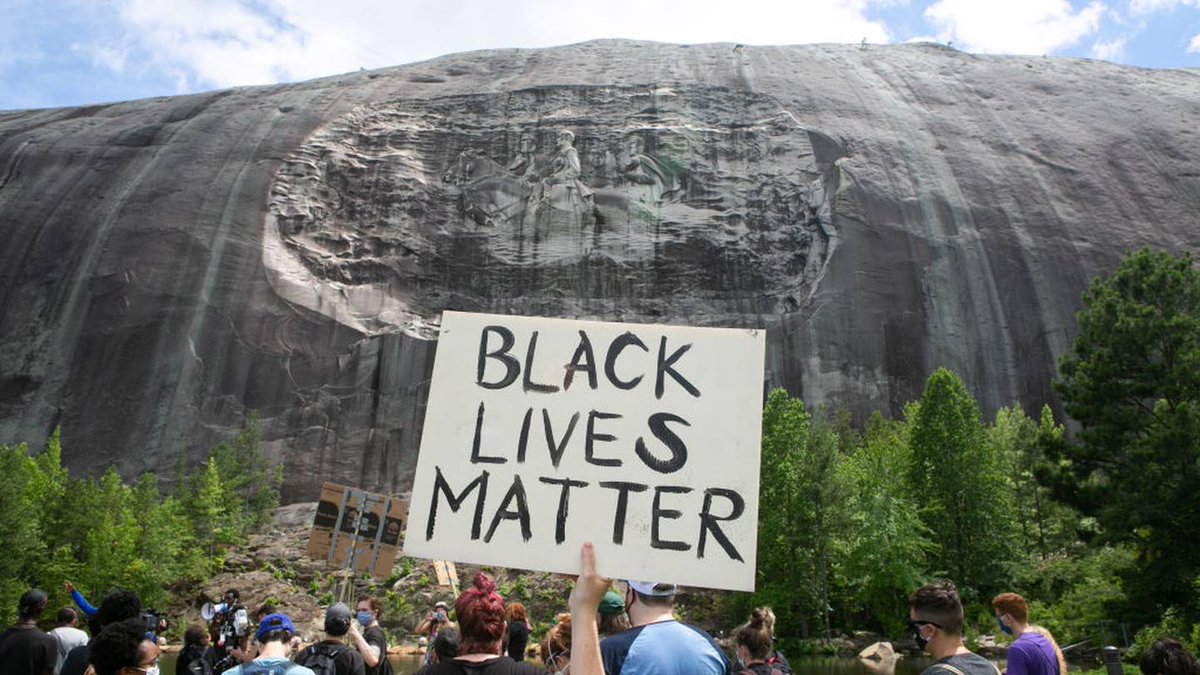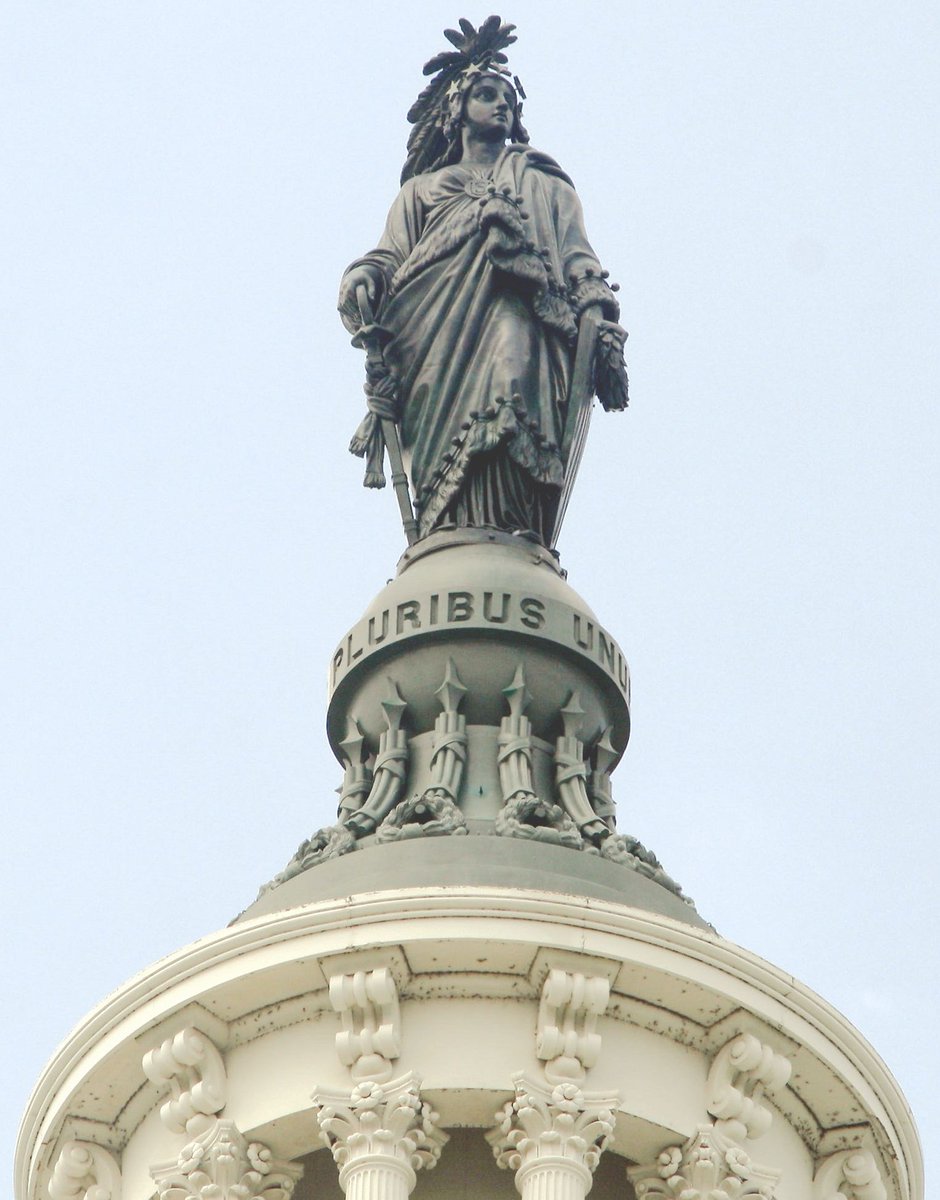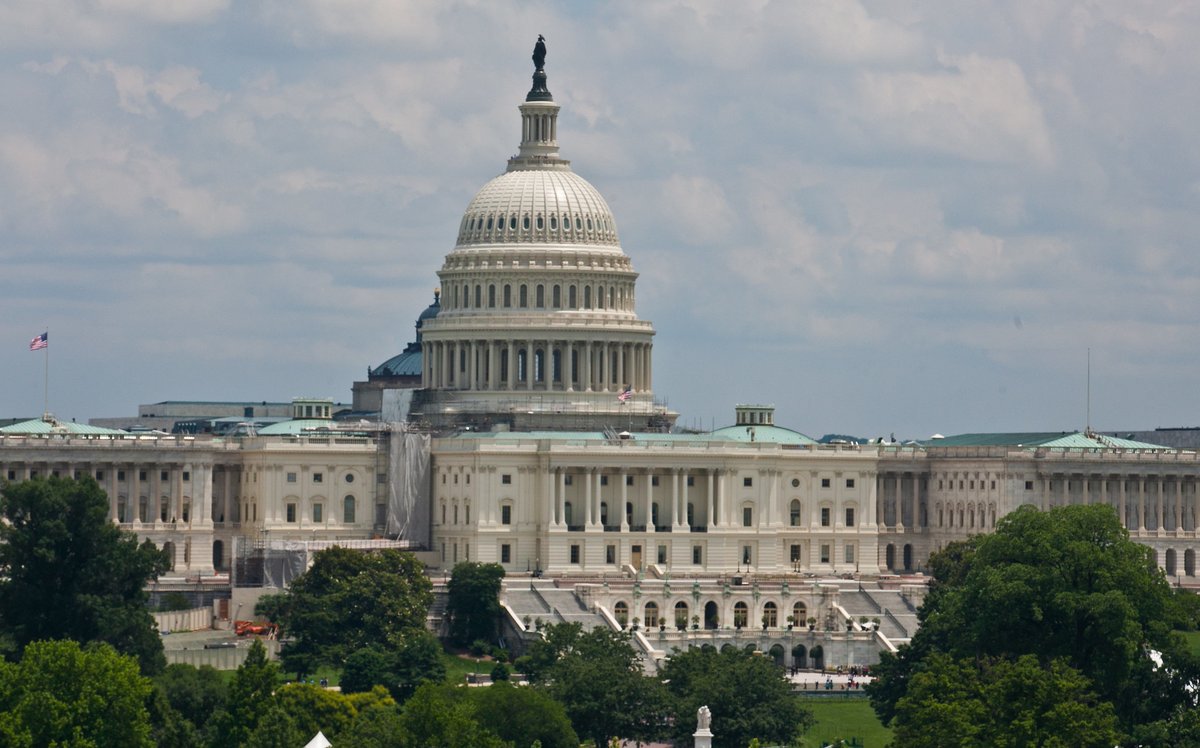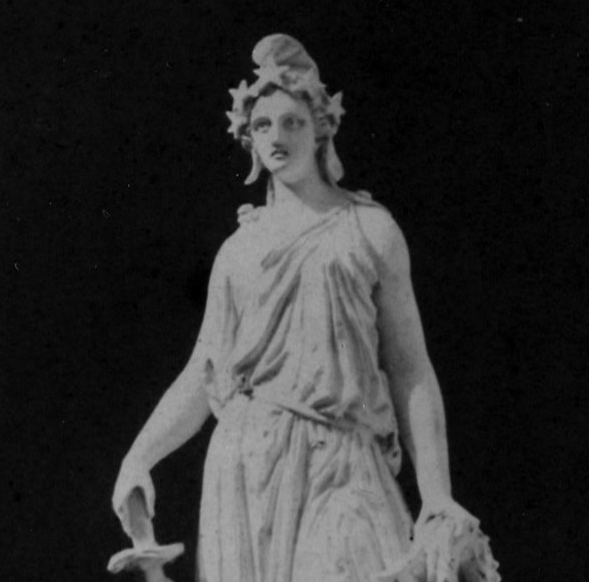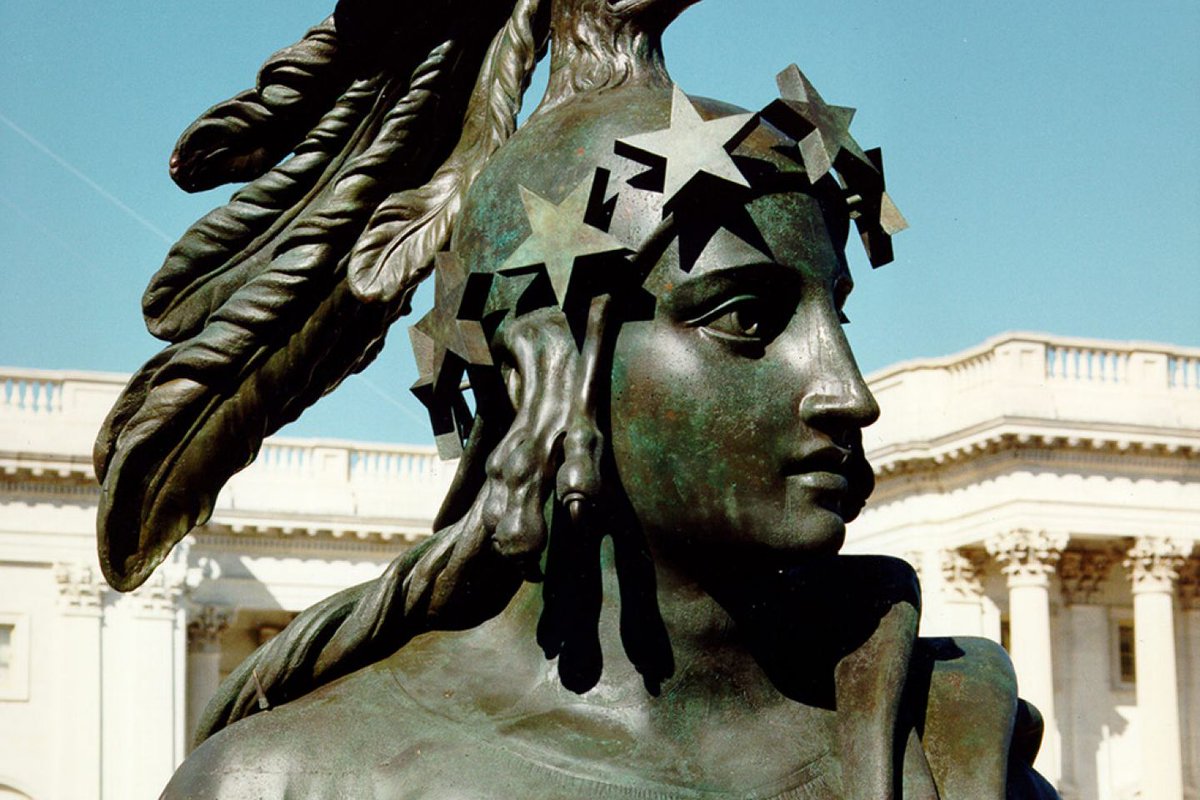
Debates about Confederate monuments as arguments with your parents about them displaying a giant portrait of your shitty ex over their mantelpiece: a thread.
Adding contextualizing signage to a monument = your parents sticking a post-it to the portrait frame that says “some people argue that Jerry was a jerk, but other people still believe he would have made our sweetie very happy in the long run.”
Moving Confederate monuments to cemeteries = your parents saying “fine, sweetie, if you don’t want to look at Jerry, we’ll just move the portrait to our bedroom.”
Putting up counter-monuments = “Look, we added a photo of your husband to the living room - now people can make up their own minds about which one you should have married! Oh, sorry, there’s only room over the mantel for one portrait, so we put Bob down there on the end table.”
Moving the monument to a museum = “We took down Jerry’s portrait. But whenever any of the neighbors asks how you’re doing, we break out a scrapbook full of photos of him to explain your life!”
Returning the monument to a Confederacy heritage group = “Jerry’s sister offered to take his portrait - it’s going to be the centerpiece of a public exhibit about how wonderful he is and how you’re a mentally unstable whore! Let’s go visit next time you’re in town!”
• • •
Missing some Tweet in this thread? You can try to
force a refresh





